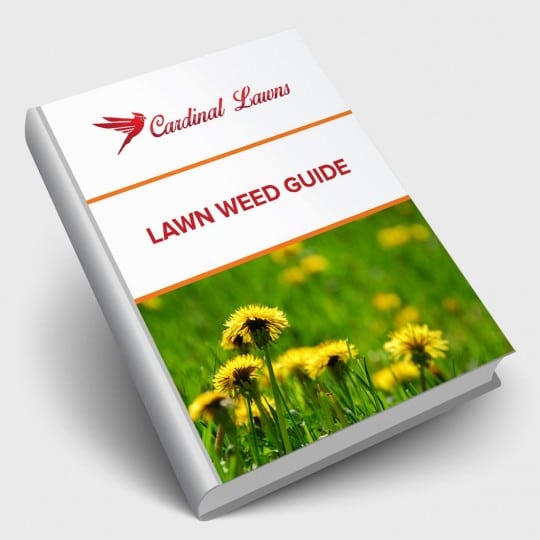Controlling Clover in Your Lawn
Posted
June 23, 2016

Clover. One of the most common lawn weeds in Ohio, this low-growing perennial plant is known for aggressively taking over the grass in your yard. Clover is deep green in color–often greener than grass–and grows in varying heights in patches throughout lawns. Because of its tendency to choke out healthy grass, many homeowners yearn for a clover-free property. Read on to learn about how to control clover in your lawn for the lush grass you desire.
Lawn Clover Herbicides
Applying a selective broadleaf herbicide containing dicamba and MCPP is the most effective way to battle clover without damaging grass. Multiple applications are often necessary with both chemical and synthetic herbicides, so don’t get frustrated if the first treatment doesn’t immediately solve your clover problem. Early autumn is the best time to apply a herbicide. After application, be sure to plant grass seeds in spots throughout your lawn where the grass growth is sparse.
Vinegar is another popular method for clover removal. This is an effective way to kill many types of broadleaf weeds, but it can simultaneously kill grass, so take great care to apply it with precision.
Maintenance
Proper lawn maintenance encourages healthy grass growth, which is a powerful way to prevent clover. Mow at the recommended height for your grass type, which is usually about 2.5 to 4 inches in Ohio. Regular fertilizing is also effective in fighting off clover. Eventually your grass will grow to choke out the clover and your lawn will be taken over by the healthy turf.
Combine Efforts to Control Clover in Your Lawn
While herbicides and proper lawn maintenance are the best ways to combat clover, they are seldom effective when used alone. A combination of the two methods is ideal for controlling clover invasions. A healthy lawn that is regularly mowed, fertilized, and treated with herbicides can be banished of clover more easily than a lawn that is not well-maintained.
Weed by Hand
Hand pulling clover is another effective removal method, but usually in smaller areas, like garden beds and small plots of land. Weeding by hand can also aid in re-establishing grass. This method has its downsides, though, as wind and water can carry the pulled weeds, helping it spread to other places in the lawn. Often painful on your back and joints, as well, be sure your soil is moist to facilitate easy root removal and reduce strain on your body.
Ask the Experts
Is clover taking over your lawn? Call us at 614-808-4446 and find out how our professionals can help give you a lawn you’ll love.

Download Your FREE Lawn Weed Guide
Before weeds take over your yard this season, learn to identify and prevent them in the first place. Keep your lawn looking great all year!